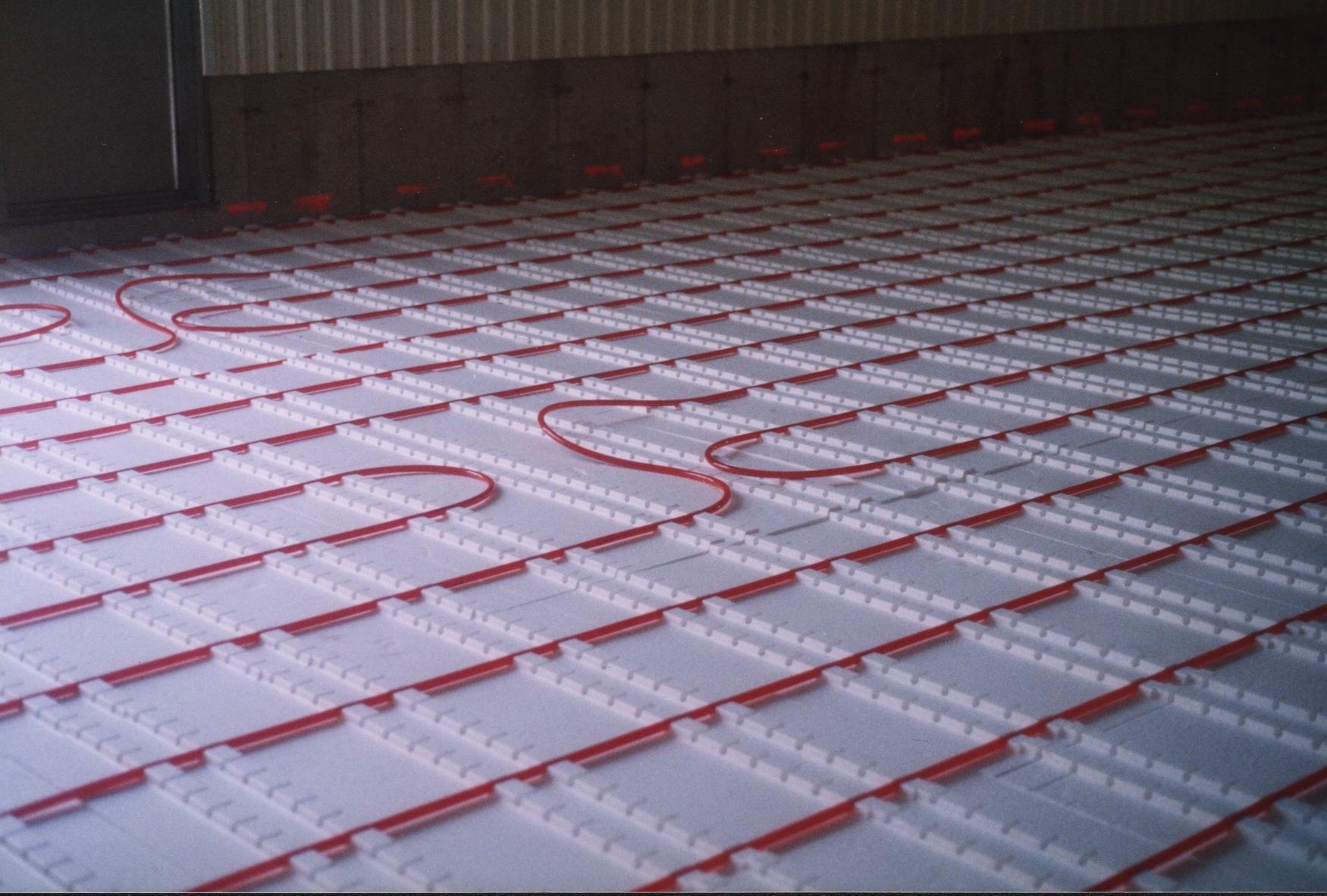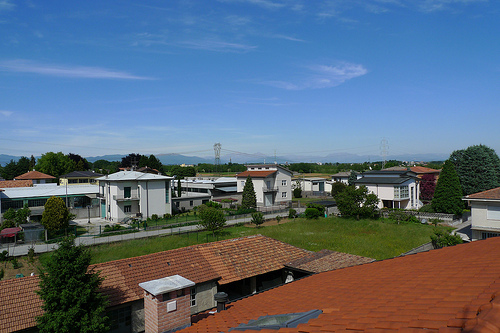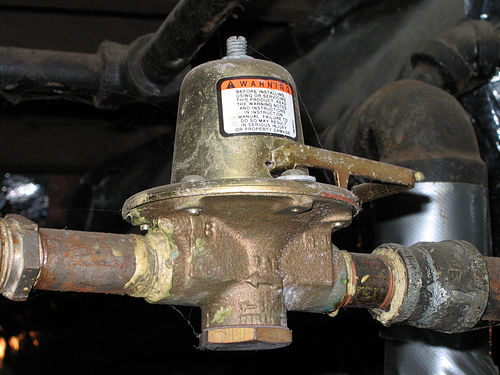For every radiant flooring heat system, there is an equally capable radiant insulator. Among the many insulation materials in the market today, polystyrene is one of the best. This kind of material for an insulator has already proven itself in giving out big thermal capacity. Also, it is tested to be durable enough to withstand tear and wear and people’s pressure on the floor when walking or running around it. Among its many other advantages are: it has a resistance against all sorts of damaging elements like dust and rot, user-friendly, waterproof, very easy to cut to suit the each room’s shape and it is lightweight. At this point, some of you might be asking why you need to put up an insulator as this? An insulator is not merely an accessory. It is well developed to provide the house enough heat to sustain through cold times and the whole year round. The comfort it will give your family is worth every centavo you have spent for it.
Radiant flooring systems are becoming an increasingly popular option for people who build new houses. They are extremely effective, and have the main advantage that the heating units do not take up the much needed space inside your rooms. It’s generally recommended to install these systems for new homes, rather than to upgrade later. The installation itself is not too complex, and won’t take long. The main problem with changing the heating systems at a later stage is that you’ll have to dismantle your previous equipment, and this can take a while, and can also do considerable damage to the walls. So, it’s worth discussing your options with your contractor, to see whether a radiant floor may be suitable for you. It will probably be a little more expensive, as an initial investment, but, considering its efficiency, you’ll recover your money quickly from your energy bill. It’s definitely something worth thinking about.



